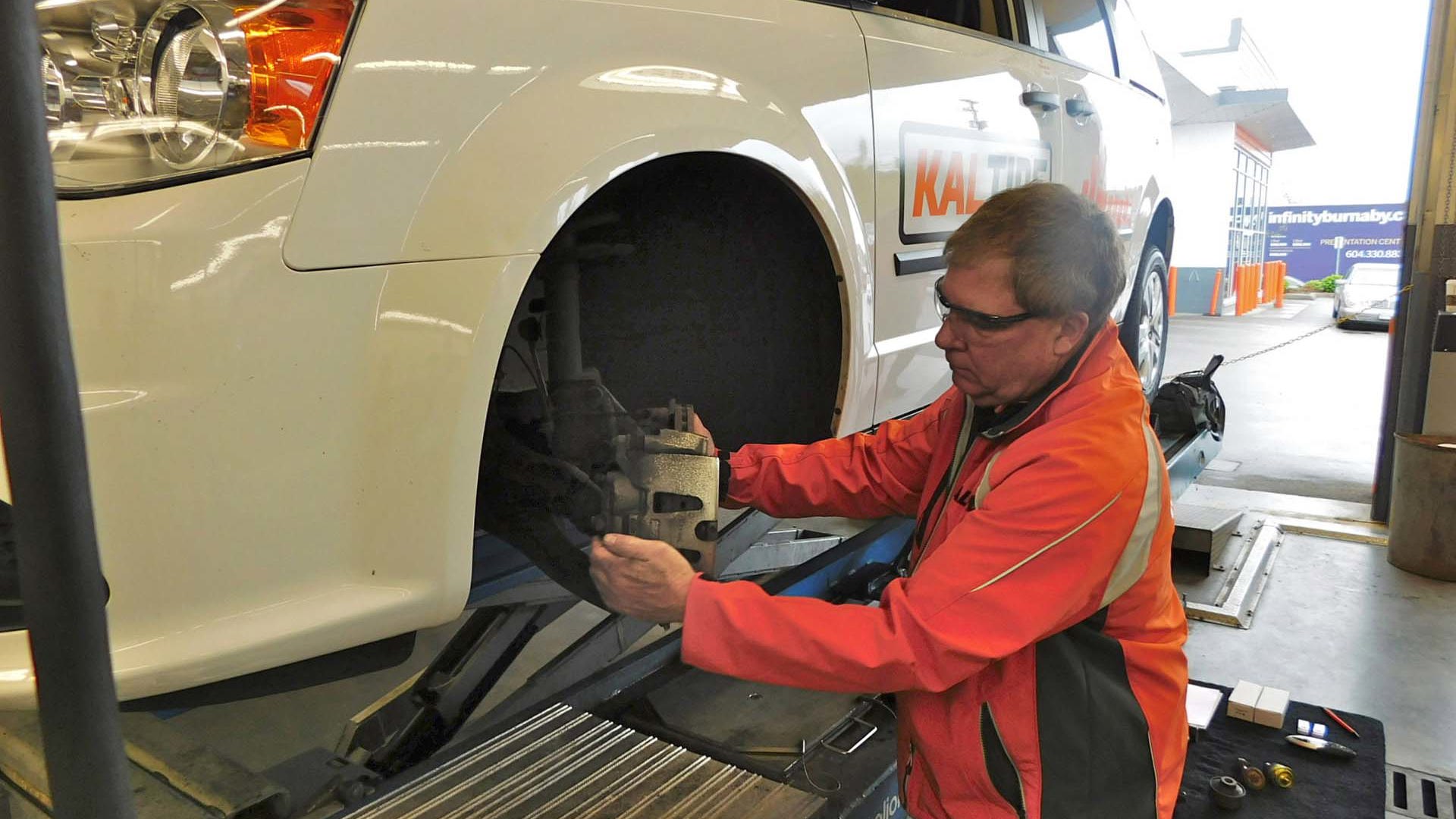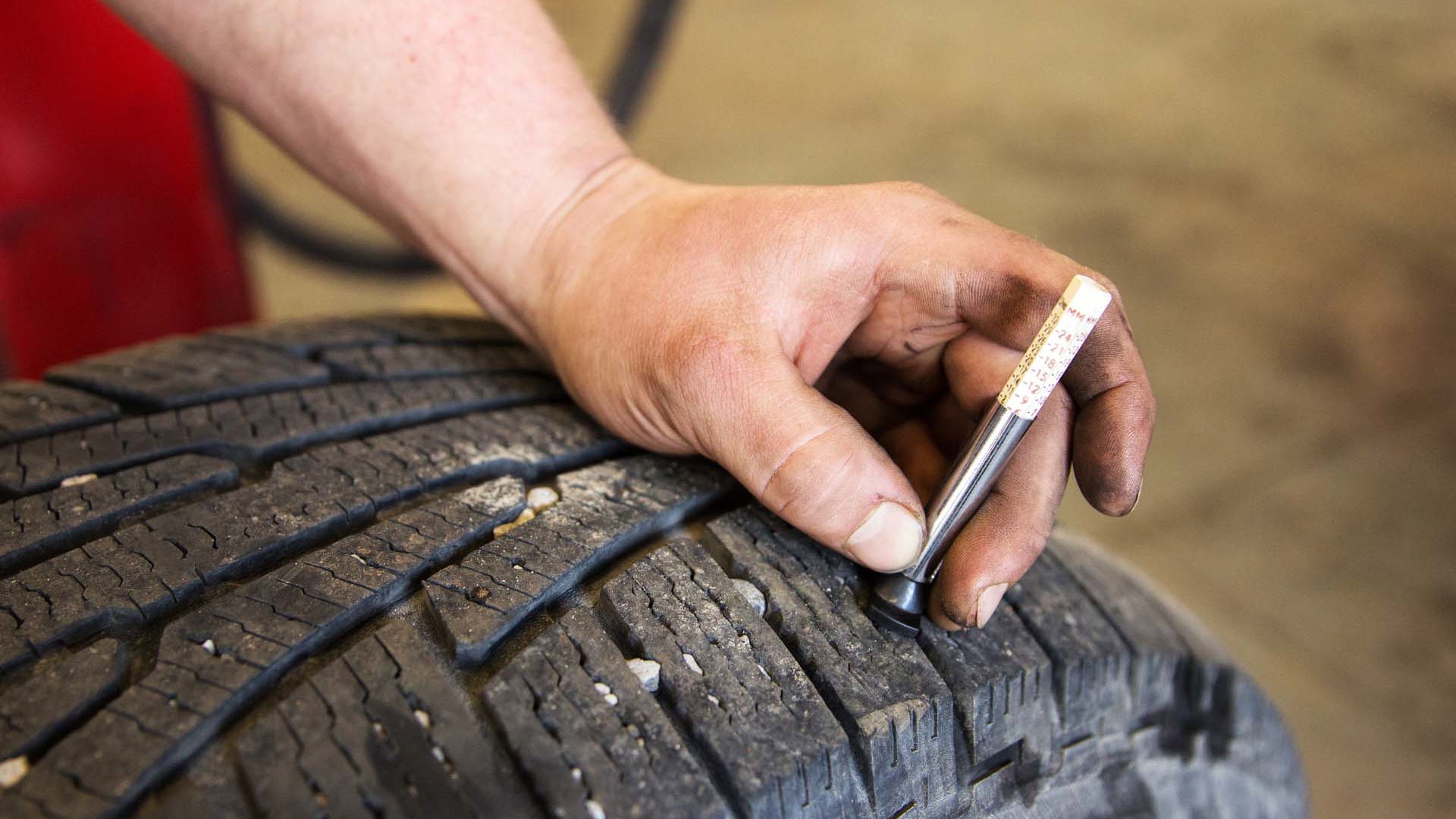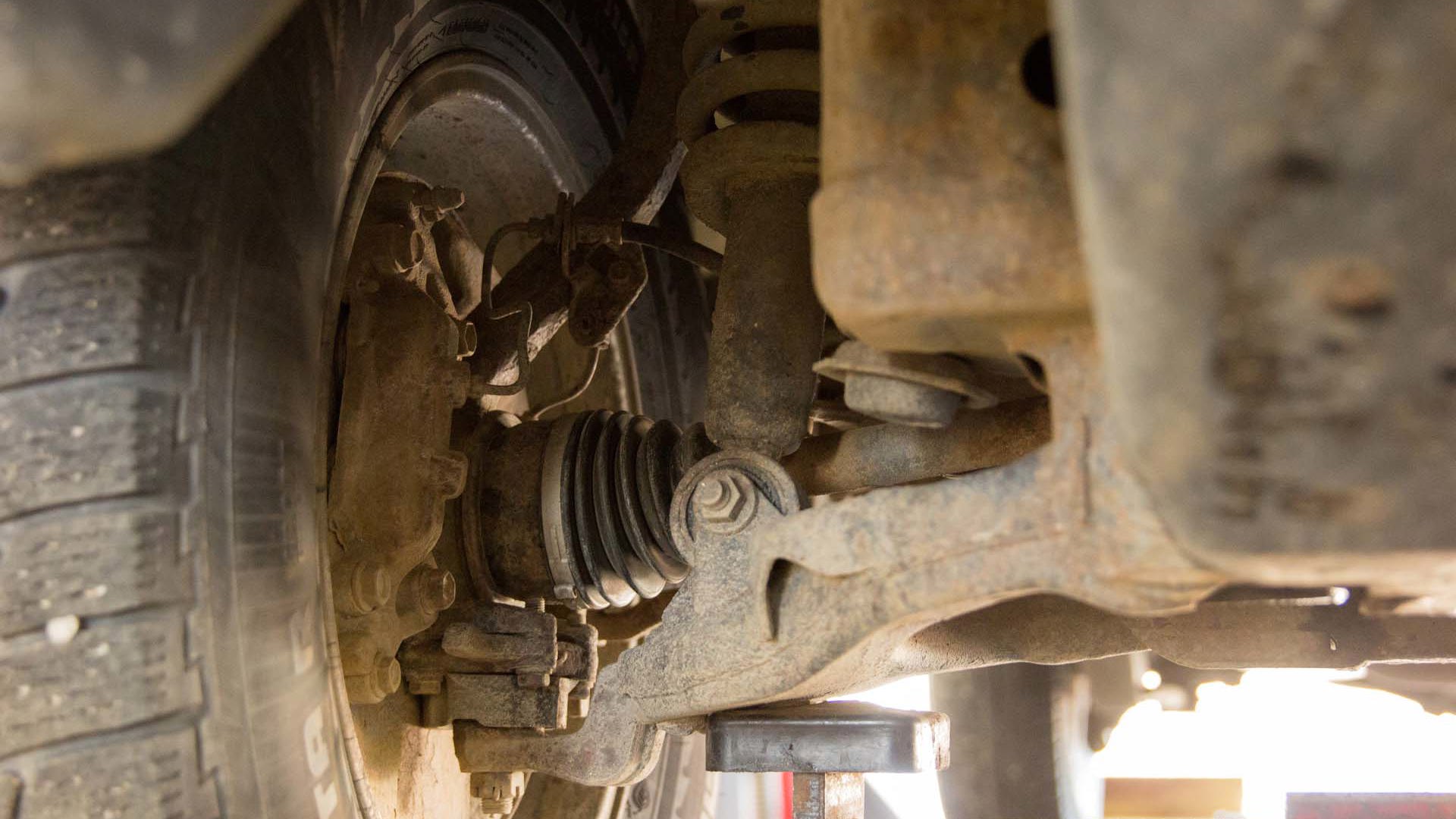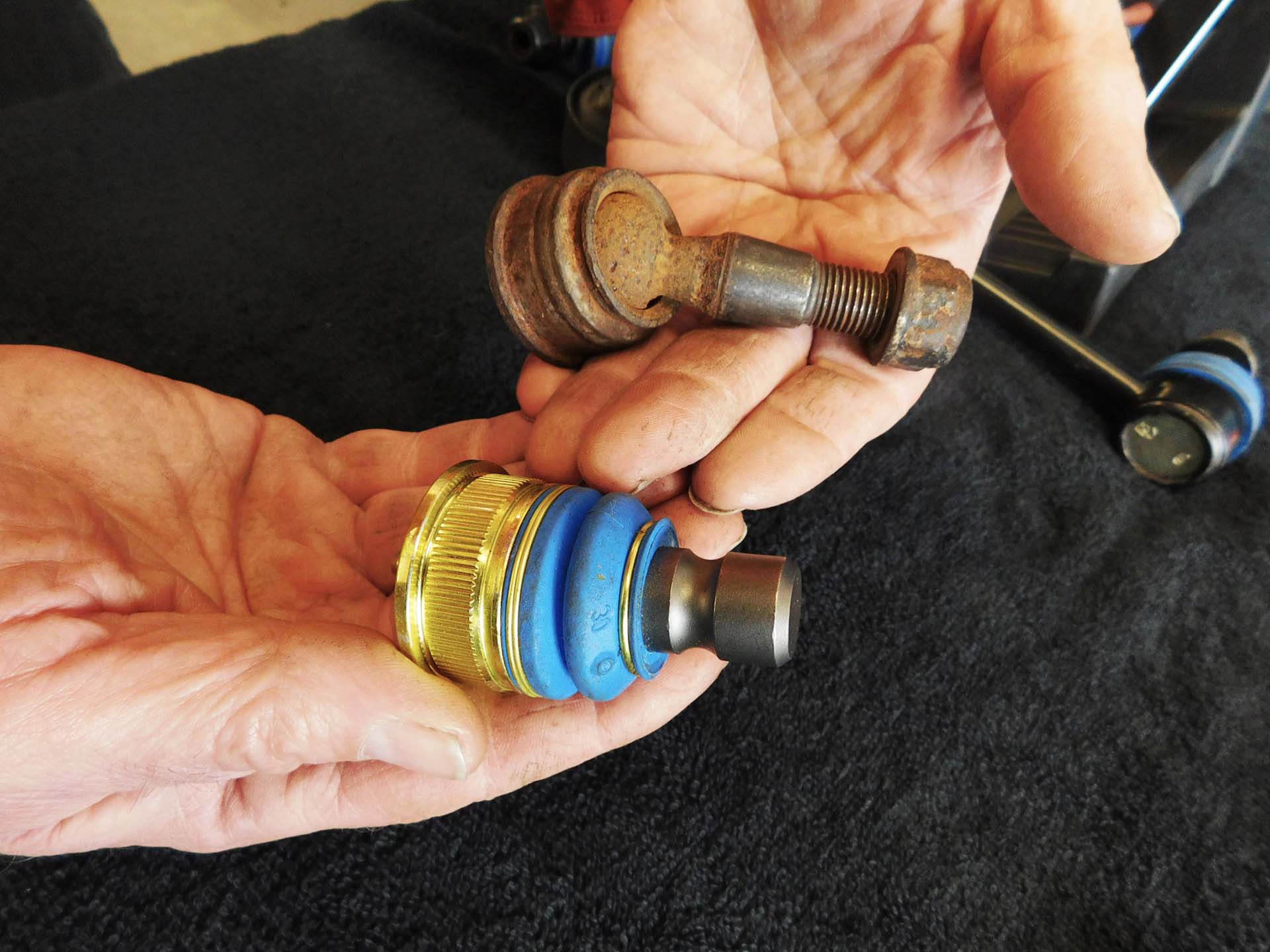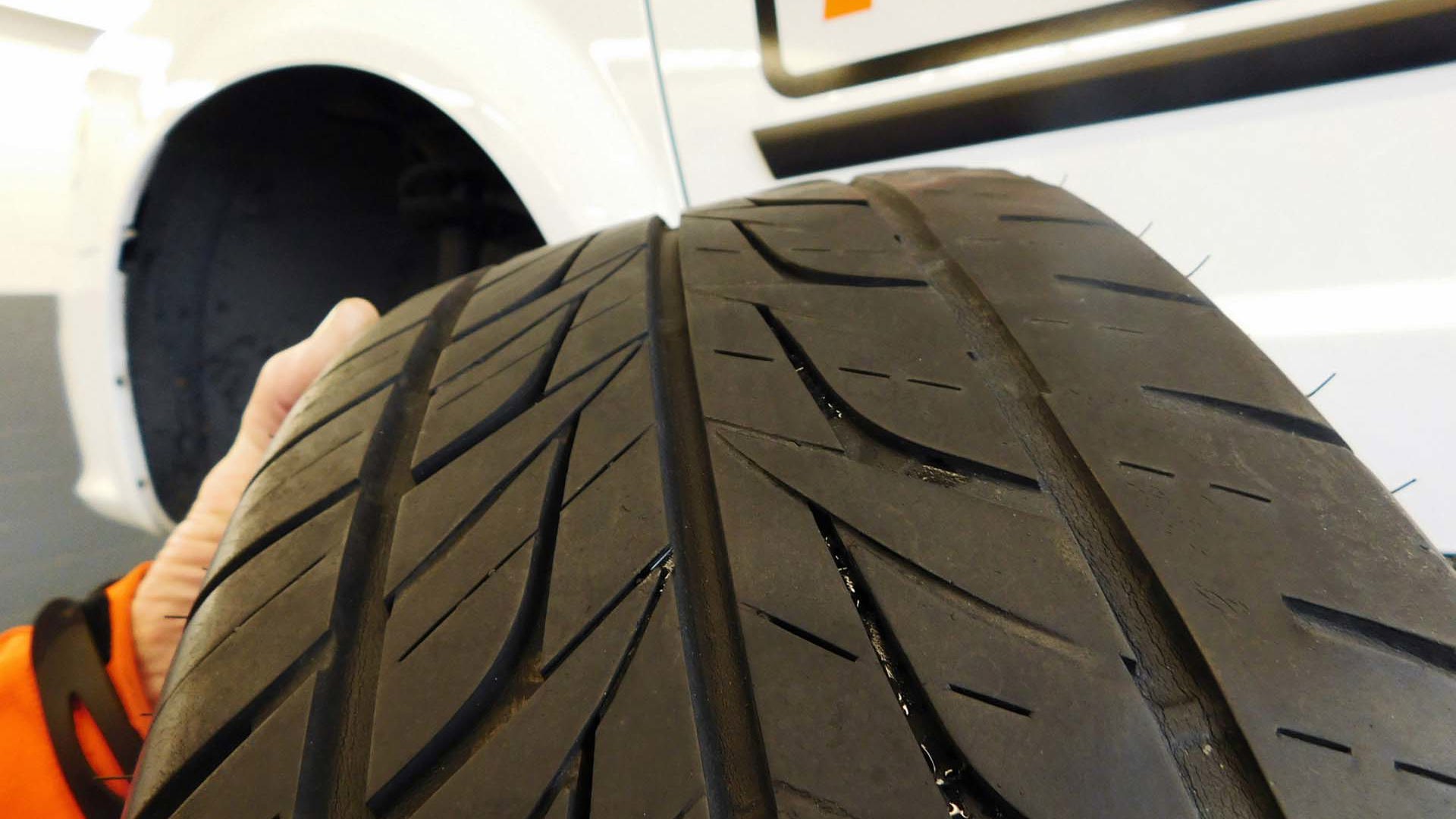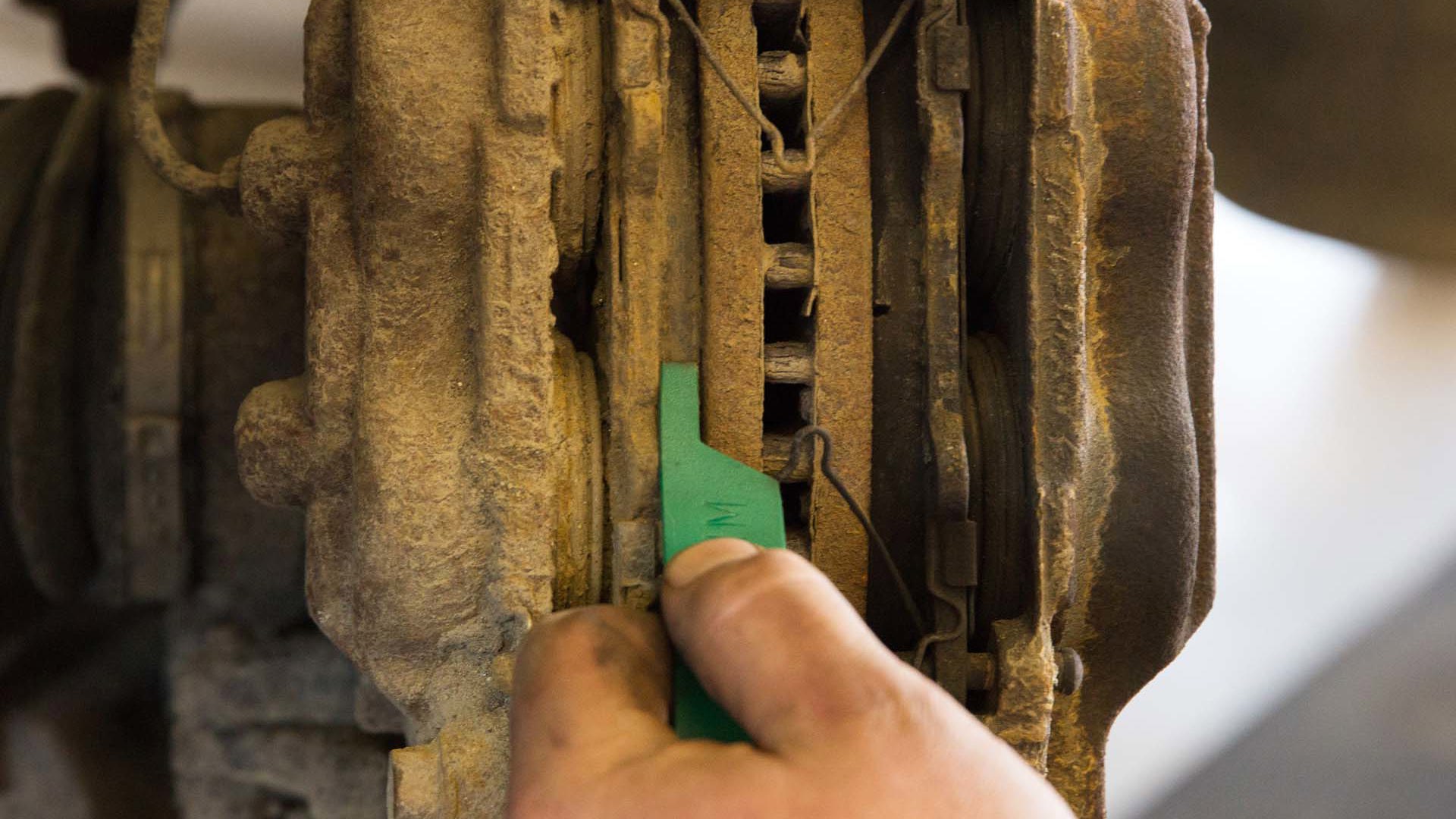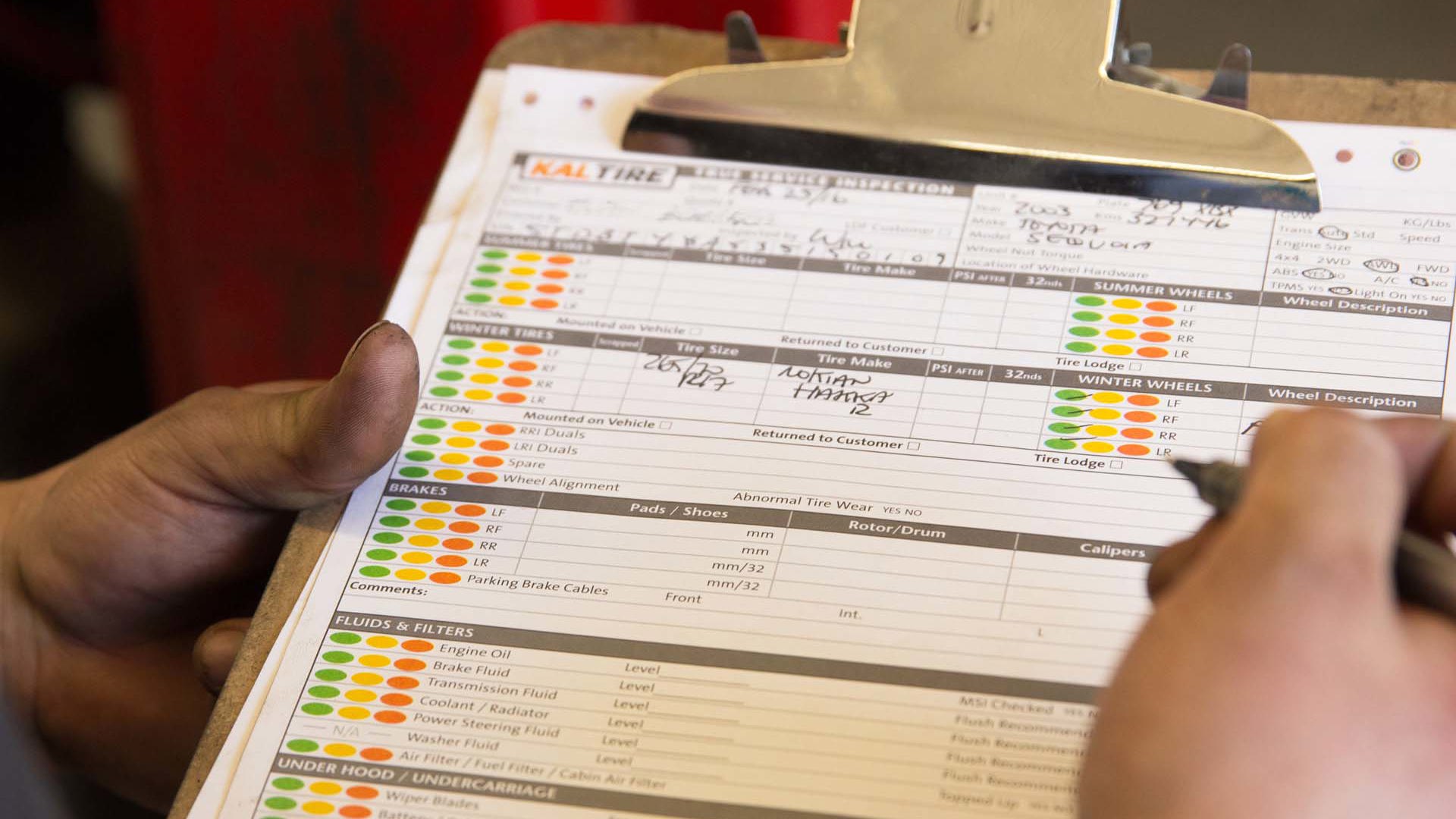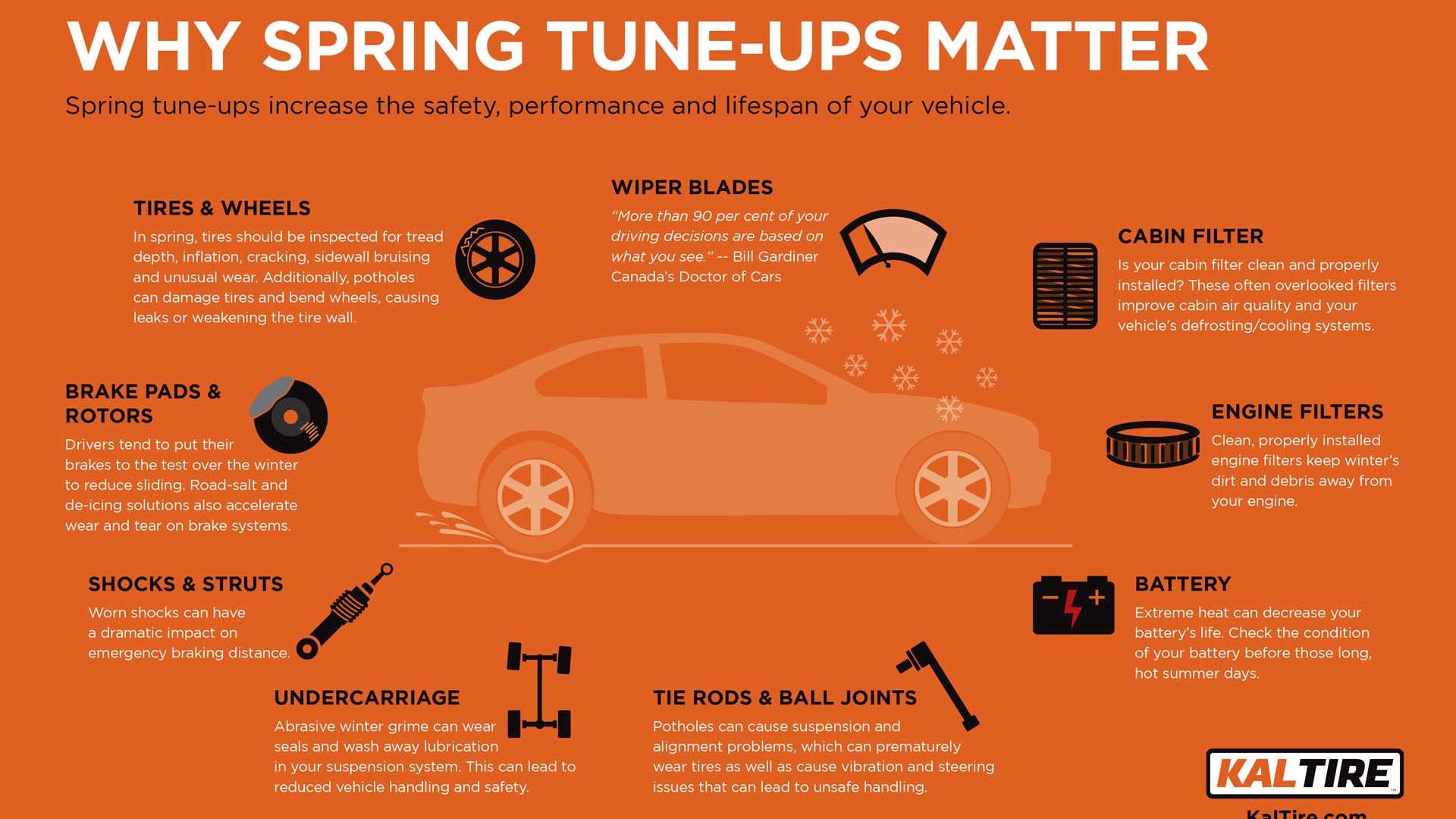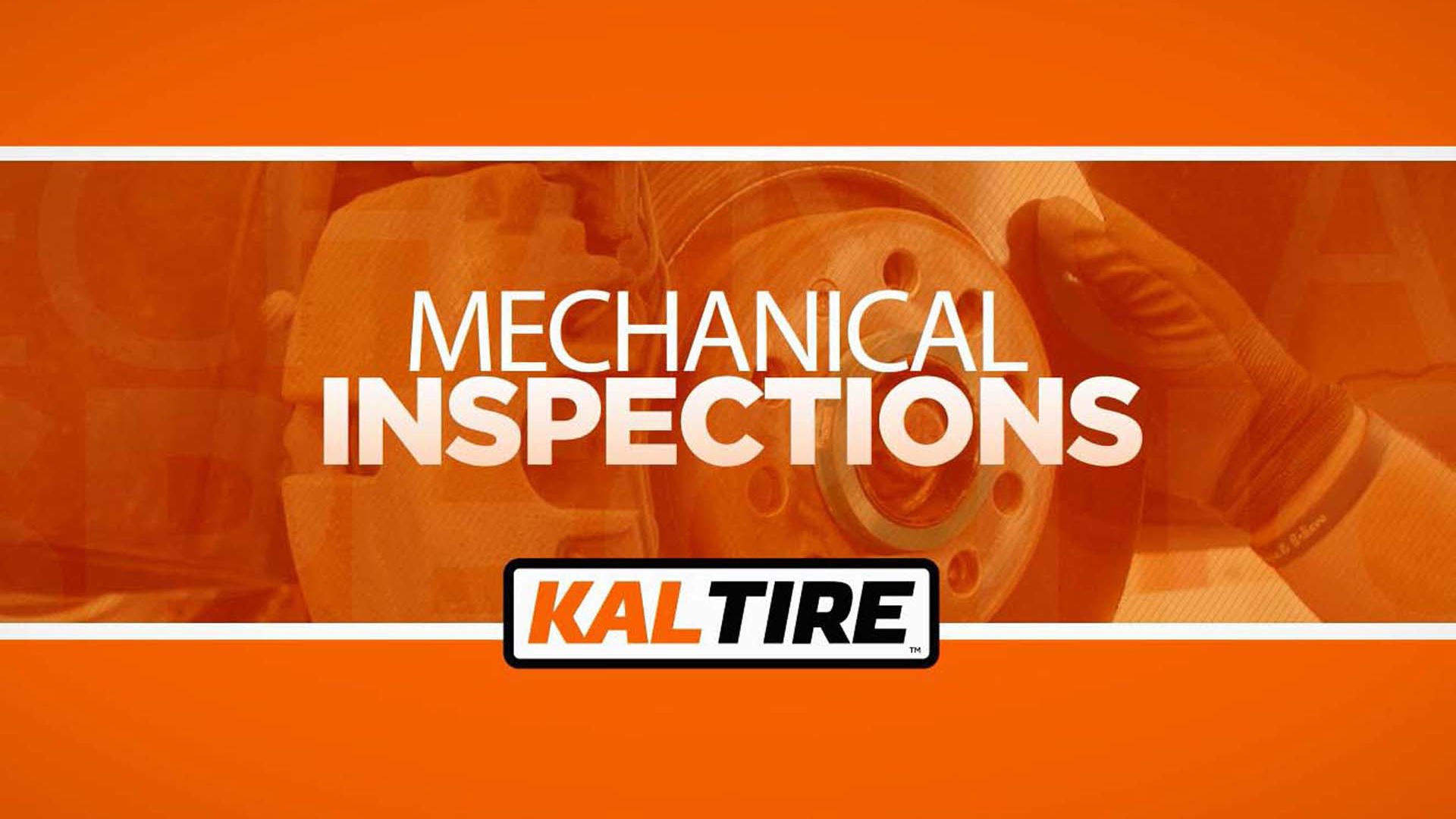Drivers old enough to remember using pay phones will recall when springtime meant giving your car a traditional tune-up: replacing the points, condenser, rotor, distributor cap and spark plugs, and perhaps cleaning the carburetor, too. Electronic ignition and fuel injection have essentially eliminated these annual tasks, but modern cars still need attention each spring.
Some spring maintenance requirements are obvious, like replacing worn wiper blades. Others are less obvious but still well-understood, such as changing the oil and filters. Many, however, are hidden under the car and mysterious to the average driver.
To help drivers understand what happens underneath their cars over the winter and grasp the importance of regular inspection, Kal Tire teamed up with Canada's "car doctor", Bill Gardiner, for a cross country tour this April complete with examples of worn ball joints, cupped tires, rusted rotors, binding brake pads and deteriorated suspension bushings.
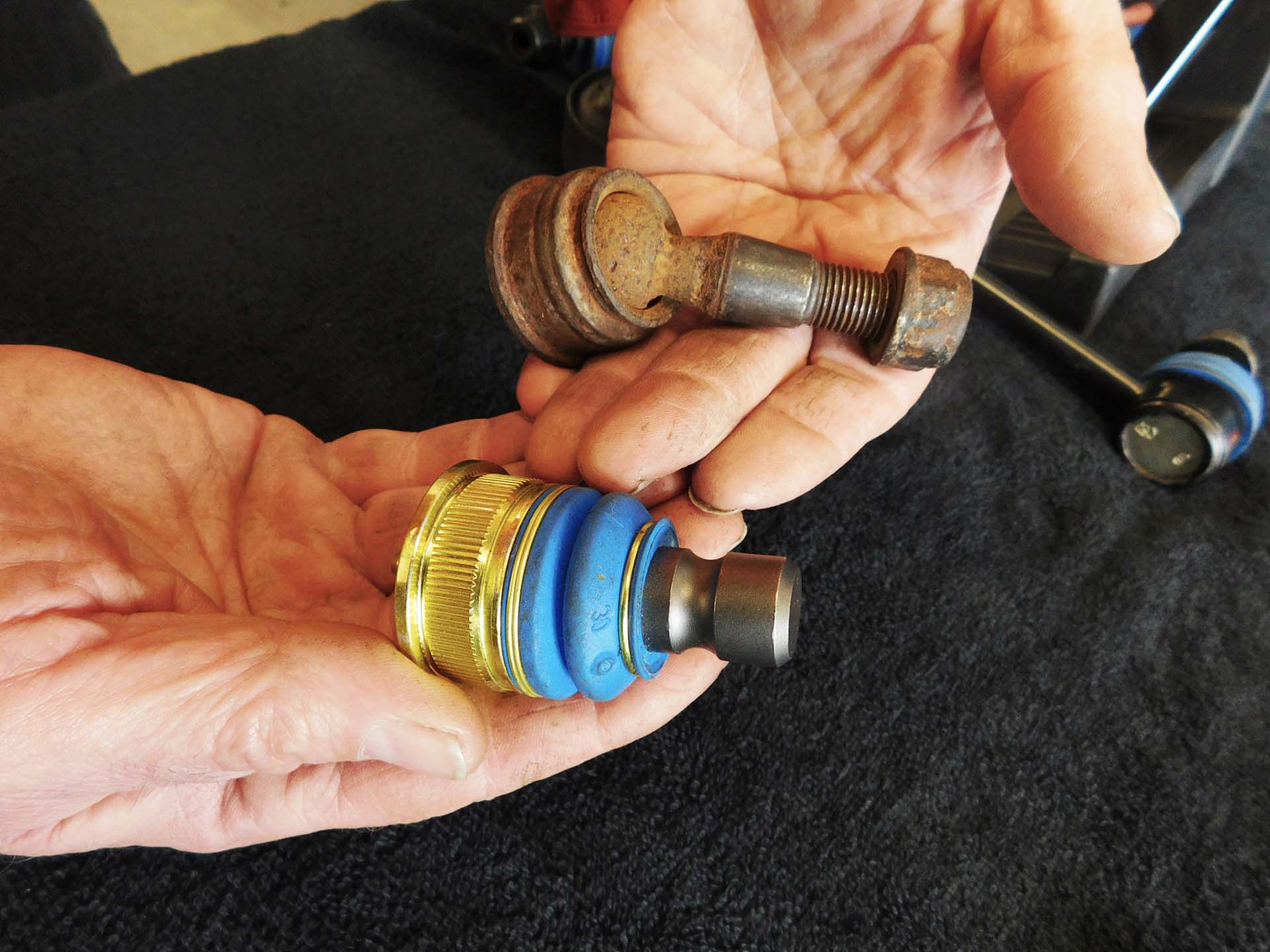
"Canadian winters can really take a toll on cars," says Gardiner, "and modern cars are so good at isolating you from noise, vibration and harshness that you can have some badly worn suspension components and not really notice." At least, that is, until you find yourself stranded by the side of the road, or looking at premature (and expensive) replacement of your tires due to an alignment issue.
"Spring is a great time to inspect your car," Gardiner explains. "Typically you're swapping from winter tires to summer tires, and when the wheels are off it's easy to inspect suspension wear items: ball joints, control arms, bushings, steering linkage, tie rod ends, brakes, shocks and struts, all of which are exposed to punishment during pothole season."
With only a small amount of lubricant in a typical "lubricated for life" ball joint or tie-rod end, failure can happen quickly once the seal is compromised by winter's constant torrent of slush, the cumulative impact of potholes or, more likely, a combination of both. The result is sloppy steering, accelerated tire wear, excessive tire noise, and potential separation of the joint – not something you want to think about at 100 km/h in crowded traffic.
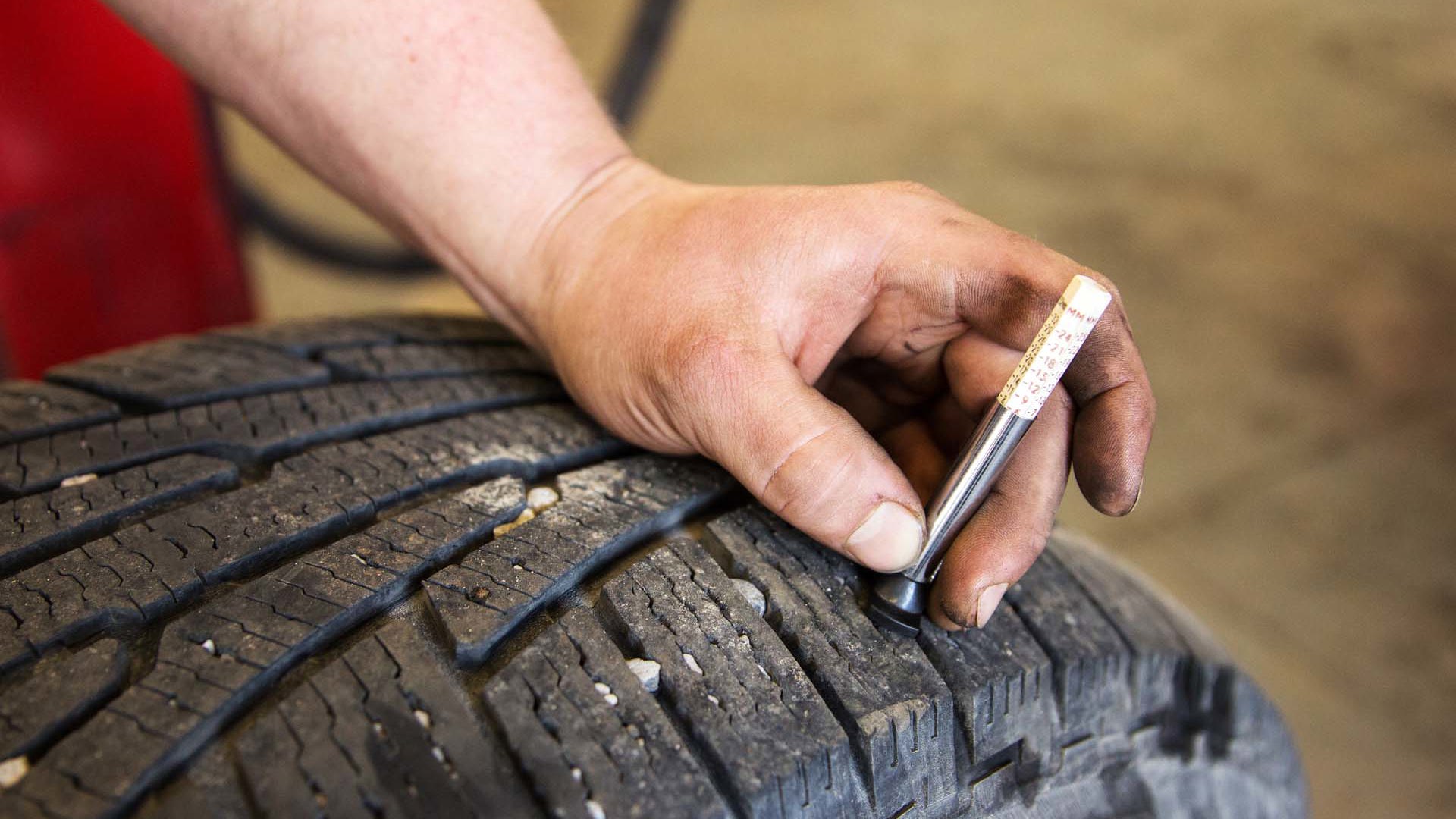
"You can tell a lot just by looking at the winter tires as they come off," says Gardiner. "If they're wearing unevenly, for instance, or showing signs of cupping on the tread." He emphasizes the importance of having your spring inspection performed by a licensed technician: "To check load-bearing components you need to raise the wheels off the ground, which isn't something that can be done at a lube shop," he explains. "At Kal Tire, every car that comes in is given a True Service safety inspection by a licensed technician."
The take-away? Modern electronic engine control systems have indeed made the traditional spring tune-up a thing of the past, but suspension and underbody components are exposed to accelerated wear over the winter and require as much attention as ever. Whether you do it yourself, entrust it to your mechanic, or take advantage of inspection services like Kal Tire's, a thorough checkup of your suspension, brakes and tires is an essential rite of spring.
